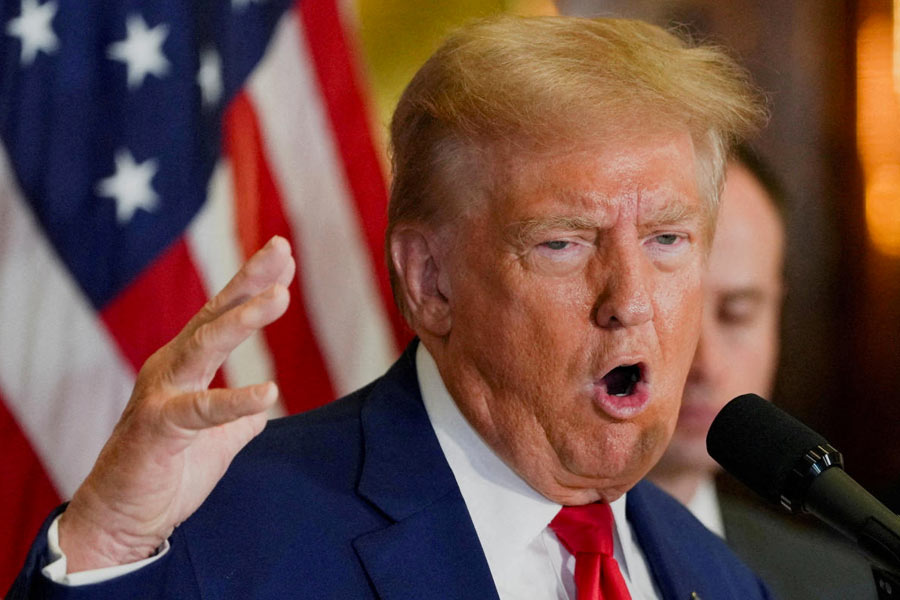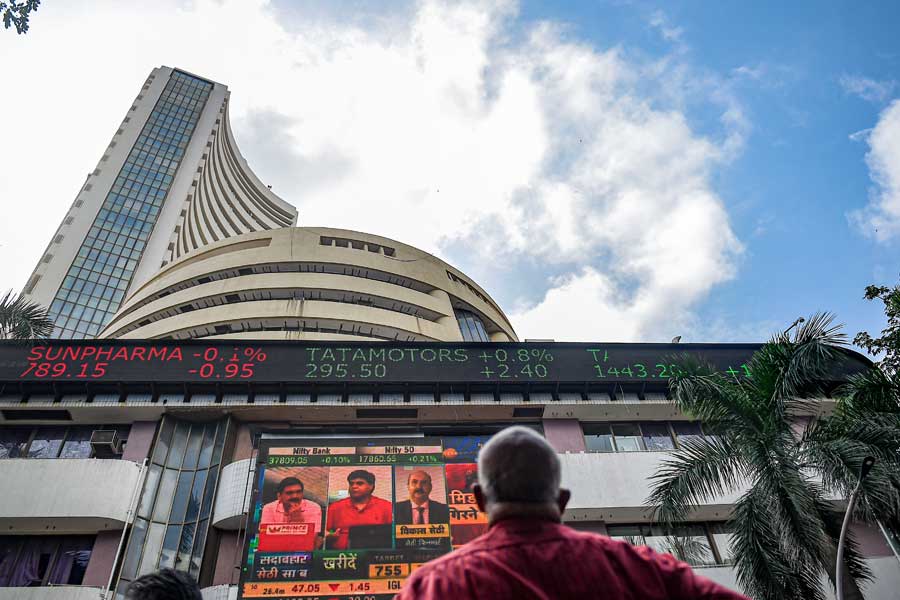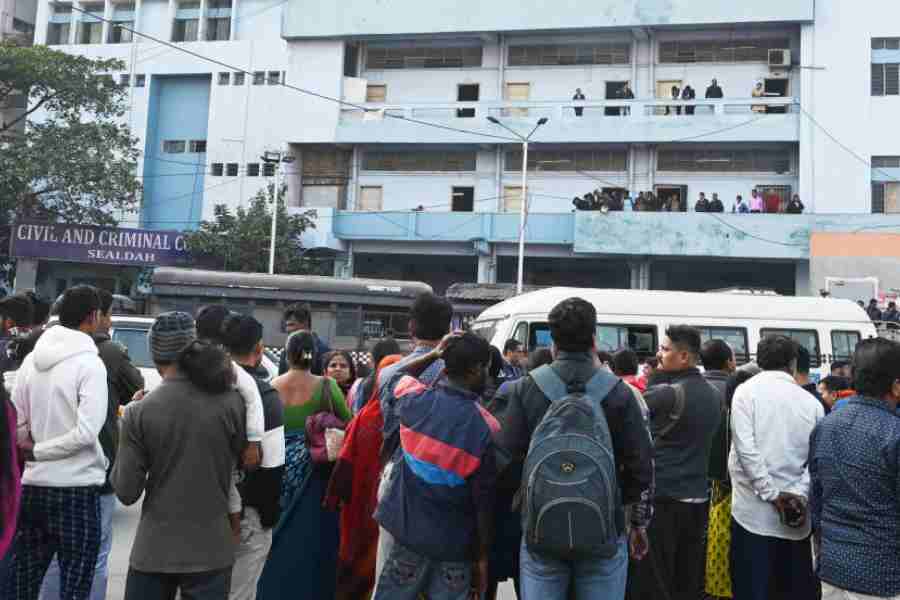The Confederation of Indian Industry (CII) has advocated an employment-linked incentive scheme to promote job creation in the economy in the face of a growing young population amidst concerns about jobless growth.
The premier industry body of the country says the new coalition government at the Centre should consider picking up some of the labour-intensive sectors for this scheme which can be modelled on the production linked incentive (PLI) programme.
“PLI led to a resurgence in manufacturing in certain sectors. Similar approach could be taken for employment intensive sectors — where capital to employment ratio is high. We can introduce employment linked schemes — for sectors such as toys, garments, furniture, tourism, retail, media and entertainment” Sanjiv Puri, the newly appointed president of the CII, said in an exclusive interaction with The Telegraph.
The industry body suggests that ELI should be linked to certain output measures such as increase in production or export, apart from employment numbers. A detailed suggestion is in the works and would be submitted to the government before the budget.
Puri clarified that the CII is not proposing to do away with PLI which is offered to 14 sectors but to expand the scope with new sectors which have potential to create jobs. As of June 2023, 733 applications have been approved in 14 sectors with expected investment of ₹3.65 lakh crore.
In order to support the agenda of job creation, the CII is also advocating enhanced investment in human capital development. “There should be a road map to increase investment in education to 6 per cent of GDP, health about 3 per cent of GDP and formal skilling — people with formal skilled certificates to 25 per cent by 2030.”.
While the CII president exuded confidence that the economy remains in fine fettle, projecting a growth of 8 per cent, he underlined the need for care and tending for the agriculture sector. He suggested the highest focus on rural areas in public capex and the need for strengthening agriculture by addressing the issues of productivity and resilience in the face of climate change.
One of the suggestions the CII is making is to create institutional frameworks to tackle reforms in subjects which fall mostly under the state or concurrent list. Puri argued that a model akin to the GST in areas such as agriculture, land, labour, electricity and fiscal sustainability. “The framework must be backed by regulation (as in the case of GST) only then it will sustain,” Puri noted.
Green transition
The CII president, who also happens to be the chairman and managing director of Calcutta-headquartered ITC Ltd, batted for a clear road map for green transition to happen effectively, underscoring the need to recognise the social impact of the same.
Puri said there should be the right incentives to develop carbon markets. Moreover, there should be progressive regulations for open access in renewable energy. “There are some difficulties in implementation at the last mile at the state level. If that friction is removed, it can unlock private capital.”
Looking at the enormous cost of transition, Puri highlighted the requirement of having capital at a low cost. “We do require green funds, the need is enormous and it needs to be available at an affordable cost to the industry,” he said, pointing that globally a lot more funds are being made available for green transition.
In the interim period, however, there would be a need to adapt to climate change. “We have to live through this hot new world and extreme weather events for several decades before earth cools down. So, we are also proposing a National Commission on Adaptation,” he said.
Rate cut
While the wholesale price index (WPI), which industry tracks closely for input cost, came at a 15-month high on Friday, the CII president did not sound alarmed.
“It is not a worrisome number,” he said, adding that a normal monsoon, as predicted by IMD, would moderate the food inflation, which is the sticky part.
“We expect the inflation to moderate to 4.5 per cent, providing backdrop for reduction in interest rate by the RBI in the second half of the fiscal,” he said.
Puri also suggested that finance minister Nirmala Sitharaman should continue to champion public capex which has delivered good results and kicked off private capex which now stands at 23.5 per cent of GDP. “It merits the same approach be taken forward,” he said.











